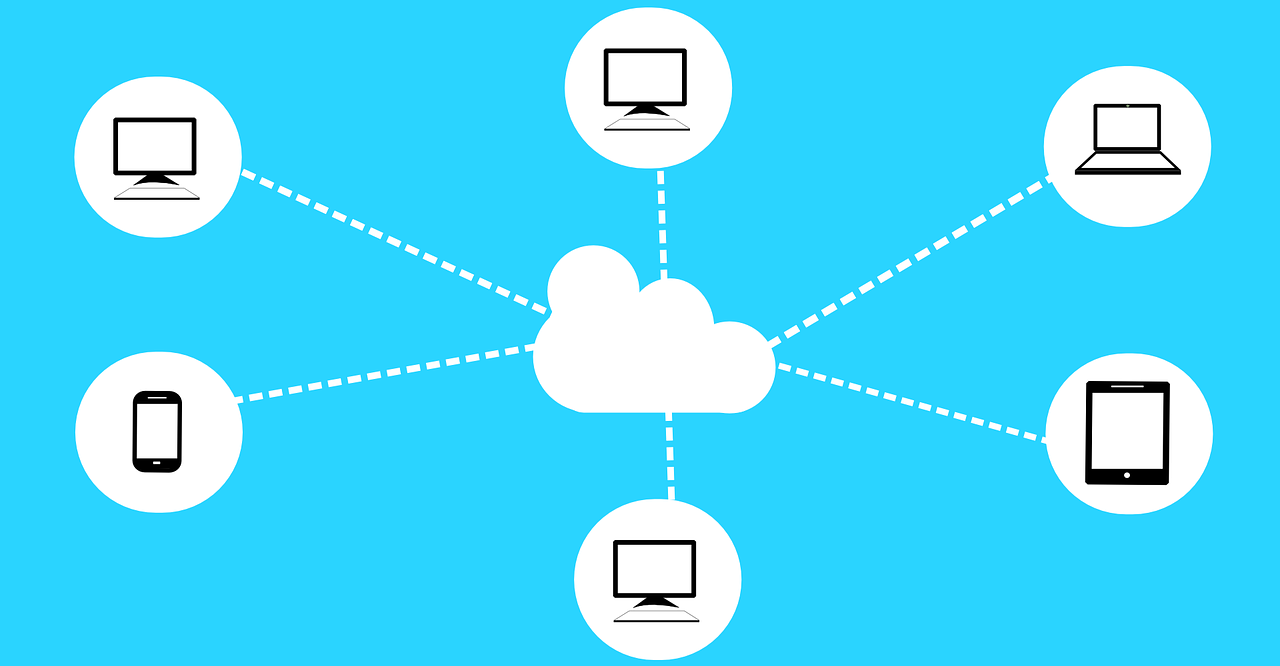How Do We Prioritize Which Systems To Restore First After An Incident?
In the aftermath of an incident, the task of restoring systems can be overwhelming. The question that arises is how to prioritize which systems to restore first. This article aims to provide a practical approach to tackling this challenge by considering factors such as criticality, dependencies, and impact on business operations. By understanding the key principles behind this decision-making process, you will be equipped with the knowledge to restore systems effectively and efficiently, minimizing the impact of any incident on your organization.
Identifying Critical Systems
When faced with an incident, one of the first steps in the restoration process is to identify the systems that have been affected. This involves conducting a thorough assessment to determine which systems have been compromised and to what extent. By identifying the affected systems, you can then evaluate the impact that each system has on the overall operation of your organization.
Once the affected systems have been identified, it is crucial to evaluate their impact on the overall operation. Some systems may be more critical than others, meaning that their downtime would have a significant impact on the organization. For example, a customer support system may be vital for addressing customer inquiries and ensuring customer satisfaction. On the other hand, a non-essential internal communication system may have less impact on the overall operation.
After evaluating the impact of each system, the next step is to determine their criticality. Criticality refers to the level of importance and priority assigned to each system. This step helps in prioritizing the restoration efforts and allocating resources accordingly. Critical systems are those that are essential for the organization’s core operations and have a high impact on its overall performance and productivity.
Assessing the Potential Impact
Beyond evaluating the impact on the organization, it is essential to assess the potential impact on customers or end users. Consider how the incident may affect their experience, access to services, or any contractual obligations. By understanding the potential impact on customers, you can prioritize the restoration of systems that directly impact their user experience or service access.
Another critical aspect to consider when assessing the potential impact is the financial consequences of system downtime. System outages can result in a loss of revenue, increased operational costs, or even potential legal ramifications. By analyzing the financial implications, you can better gauge the urgency and prioritize the restoration of systems based on their financial impact. This analysis will help you make informed decisions on which systems need immediate attention and which can wait.
Additionally, legal and regulatory implications should not be overlooked. Ensure compliance with applicable laws, regulations, and industry standards when making decisions about system restoration. Failure to comply with legal or regulatory requirements can lead to severe consequences, such as fines, legal actions, or damage to the organization’s reputation. Understanding the potential legal implications will help guide the restoration process and prioritize systems accordingly.
Considering Operational Dependencies
Operational dependencies between systems can significantly impact the restoration process. Identifying these dependencies is crucial for understanding the ripple effects of restoring one system on others. For example, if an enterprise resource planning (ERP) system relies on a customer relationship management (CRM) system for data, restoring the CRM system may be necessary before tackling the ERP system.
Determining the impact of system restoration on other systems is essential for mitigating risks and addressing potential bottlenecks. By carefully considering the operational dependencies, you can avoid situations where restoring one system causes disruptions or further complications in other systems. This evaluation allows you to develop a logical and efficient restoration plan that minimizes risks and ensures smooth system recovery.
Evaluating Resource Availability
A crucial factor in prioritizing system restoration is the availability of resources. Resources can include personnel, equipment, software, or any other necessary tools for the restoration process. Evaluating the availability of resources helps in making informed decisions about which systems can be restored first, based on the resources at hand.
Analyzing the availability of resources involves assessing the capacity and capabilities of the IT team or any other relevant personnel involved in the restoration efforts. Consider their expertise, workload, and availability to determine which systems they can effectively restore within a given timeframe. By prioritizing systems based on available resources, you can ensure that the restoration efforts are both efficient and effective.
To allocate resources effectively, it is essential to prioritize systems based on their criticality and impact on the organization. By allocating resources to critical systems first, you can minimize the overall impact of the incident on the organization’s operations. This approach ensures that the most vital systems are restored promptly, while less critical systems may require fewer resources and can be addressed later in the restoration process.
Engaging Stakeholders
System restoration is a collaborative effort that involves various stakeholders. Consulting with internal stakeholders such as IT teams and management is crucial to understanding their priorities and aligning restoration efforts with organizational goals. By involving relevant internal stakeholders, you can gather valuable insights and ensure that the restoration process is in line with the organization’s objectives and needs.
Involving external stakeholders, such as customers and partners, is equally important. Their input can provide valuable perspective on the impact of the incident and the restoration priorities. Consider reaching out to key customers or partners to understand their expectations, concerns, and any specific requirements they may have. By involving external stakeholders, you can build trust, maintain transparency, and ensure that restoration efforts address their needs.
To achieve a consensus on the order of system restoration, it is crucial to bring together both internal and external stakeholders. By considering their input, understanding their priorities, and aligning the restoration plan with their expectations, you can develop an effective and comprehensive restoration strategy.
Considering Time Sensitivity
The urgency of system restoration is another factor to consider when prioritizing systems. Some operations or processes may be time-sensitive, meaning that any disruption can have severe consequences. For example, a real-time transactional system or a critical infrastructure system cannot afford extended downtime. Assess and prioritize systems based on their time sensitivity to avoid significant disruptions to critical processes.
By understanding the time sensitivity of different systems, you can allocate resources and prioritize restoration efforts accordingly. Systems with high time sensitivity should be given immediate attention to minimize the impact on critical operations. Conversely, systems with lower time sensitivity may be addressed after critical ones, reducing potential disruptions and ensuring a smooth restoration process.
In situations where multiple systems have a high level of time sensitivity, it may be necessary to explore alternative solutions or workarounds to maintain essential operations while the main systems are being restored. Temporary measures, such as manual processes or backup systems, can help bridge the gap during system downtime and minimize the impact on critical processes.
Assessing Feasibility
When prioritizing system restoration, it is crucial to evaluate the feasibility of restoring each system. Feasibility assessment involves considering technical constraints, limitations, and potential challenges that may arise during the restoration process. Factors such as the availability of backup data, compatibility of hardware and software, and the complexity of the system architecture should be taken into account.
By considering the feasibility of restoring each system, you can make informed decisions about the order of restoration. Systems with more straightforward restoration processes or fewer technical constraints may be prioritized to ensure quick recovery. Conversely, systems with significant technical challenges or limitations may require additional planning and specialized expertise before restoration can begin.
Prioritizing systems based on feasibility allows you to allocate resources effectively and maximize the efficiency of the restoration process. By addressing systems that are more feasible to restore first, you can build momentum, gain confidence, and overcome potential hurdles more effectively.
Evaluating Recovery Time Objectives (RTOs)
Recovery Time Objectives (RTOs) are an essential component of prioritizing system restoration. RTO refers to the targeted timeframe within which a system is expected to be fully restored after an incident. Determining the required time to restore each system and setting RTOs for different systems is crucial for effective prioritization.
During the evaluation phase, assess the complexity of restoring each system and estimate the time required for a full recovery. Consider factors such as data recovery, system configuration, and any additional testing or verification processes. Based on these evaluations, set realistic RTOs for each system in consultation with internal stakeholders and relevant external parties.
By prioritizing systems based on RTOs, you can ensure that critical systems are restored within the desired timeframe. Meeting RTOs minimizes the impact on the organization’s operations, maintains customer satisfaction, and allows for a smoother transition back to normal functioning.
Considering Service Level Agreements (SLAs)
Service Level Agreements (SLAs) are contractual agreements that define the level of service a provider must deliver to its customers or end users. When prioritizing system restoration, reviewing the SLAs with customers or end users is crucial to meeting their expectations and obligations.
By considering SLAs, you can prioritize systems based on the commitments and obligations laid out in the agreements. Systems that directly impact SLA compliance or have a significant contractual impact should be given priority in the restoration process. This ensures that the organization upholds its commitments and maintains a positive relationship with its customers or end users.
In cases where the incident causes a breach of SLAs or may lead to potential breaches, clear communication with customers or end users is crucial. Engage in proactive communication, provide updates on the restoration process, and manage expectations accordingly. By addressing SLA commitments, you can demonstrate accountability and professionalism, even in challenging situations.
Creating a Restoration Plan
After considering all the relevant factors and priorities, it is time to develop a comprehensive restoration plan. The restoration plan should outline the specific tasks and responsibilities required to restore each system effectively.
Assigning specific tasks and responsibilities ensures that everyone involved in the restoration process knows their role and what is expected of them. Clearly defined tasks help streamline the restoration efforts, minimize confusion, and ensure that all necessary steps are taken.
Implementing the plan requires regular monitoring and updates to track progress, identify potential bottlenecks, and make any necessary adjustments. Regular communication and collaboration among the restoration team, stakeholders, and relevant parties are vital to stay on track and address any emerging challenges promptly.
By following a well-developed restoration plan, you can navigate the restoration process effectively, minimize disruptions, and ensure a smooth transition back to normal operations.
In conclusion, prioritizing system restoration after an incident requires a comprehensive approach that considers various factors. Identifying critical systems, evaluating potential impacts, considering operational dependencies, assessing resource availability, engaging stakeholders, and considering time sensitivity and feasibility are all crucial steps in the process. By following these steps and creating a restoration plan, organizations can ensure that their systems are restored efficiently and effectively, minimizing the impact on their operations and stakeholders.







